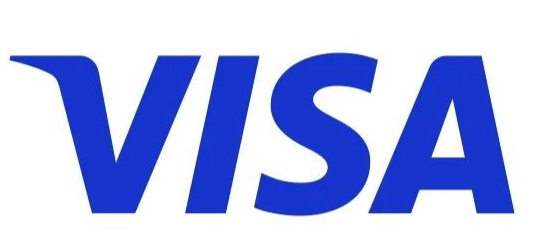After creating the records for approximately 30 companies, I started to notice a pattern, which shown significant problems around payment and banking. The most common error was either the miscalculation of the risk or the underbudgeting of the banking costs. Although banks were more relaxed with the compliance checks back then, I still saw some examples of how badly a frozen account can affect, or even ruin, an otherwise successful operation.
Working with numerous online businesses, I sadly noticed that the management often only paying attention to the obvious: setting up the marketing plan, creating a shiny website or pay a huge amount for affiliates. But it seemed like no one is thinking about setting up an actual payment plan, even though this is one of the major decisions, which can make or break the majority of the businesses.
Unfortunately, even today, way too many businesses fail due to reasons which could be easily planned for, and avoided completely. Way too many companies miss to realize that one of the most important bottleneck of their operation could be payments and banking. Following up on every step of the money flow is a relatively quick and painless exercise, and if a business spends just a a little effort to draft a plan, they already have done more than the majority of their competition.
How to set up a payment plan?
How to set up a payment plan?
A good payment plan comes from understanding the business, and all realted parties around it, of course.
First, we need to check and understand each and every companies in the group. Where are they based, why there? We need to understand who are the directors, the shareholders and exact activity of each company, so we can understand what are the available resources we can use for our plan. Perhaps we have an offshore company under the same directorship as our trading company. This might seem like a good opportunity for tax optimization from a legal angle, however it cannot be worse from a banking perspective. Banks are responsible to eliminate any opportunity for tax evasion, and make sure the money flow is legit in every circumstances. So if we have any offshore entity in the group, this increases the group’s risk score overall, and put every company in the group to a higher risk category, which can result in raised banking costs and denied onboarding.
Next step is to understand the relationship between these companies. We need to consider how these entities are trading with each other in order to make sure that the payment flow is understood and optimised. If we are transferring money between two companies, we always have to have a good reason for that, such as invoices or agreements. The pricing has to align with the market standards in order to mitigate any opportunity for tax evasion. Gift is not a accounting term, and every ime money moves, this creates a potential tax point, too.
Once we understood how these companies are trading with each other, we need to understand what type of banking and payment provider agreements we have already in place. Many times the existing providers are evolving and offering potentially more suitable and cheaper financial products or services, but we might not even be aware of them. As we know, the government’s banking guarantee ends at EUR 100 000 in Europe. We could also discover opened, but unused bank accounts, which might be perfect opportunity to mitigate such risk. Often we find funds which are „parked” on some accounts for a while. Without a treasury function, the value of these unused funds are quickly decreasing due to inflation.
After we understood the current setup, we shall check the fees and terms with the exisiting providers. Administrative issues, such as non signed or expired contracts can be easily corrected and can worth thousands of Euros in case these contracts are needed during a potential misunderstanding or legal proceeding. Our group has also evolved over the years, bringing more volume or better organisational setup, so here we might have a good opportunity to renegotiate the fees or terms with the current providers, and get better options. No one wants to lose a good customer.
read more
read more



